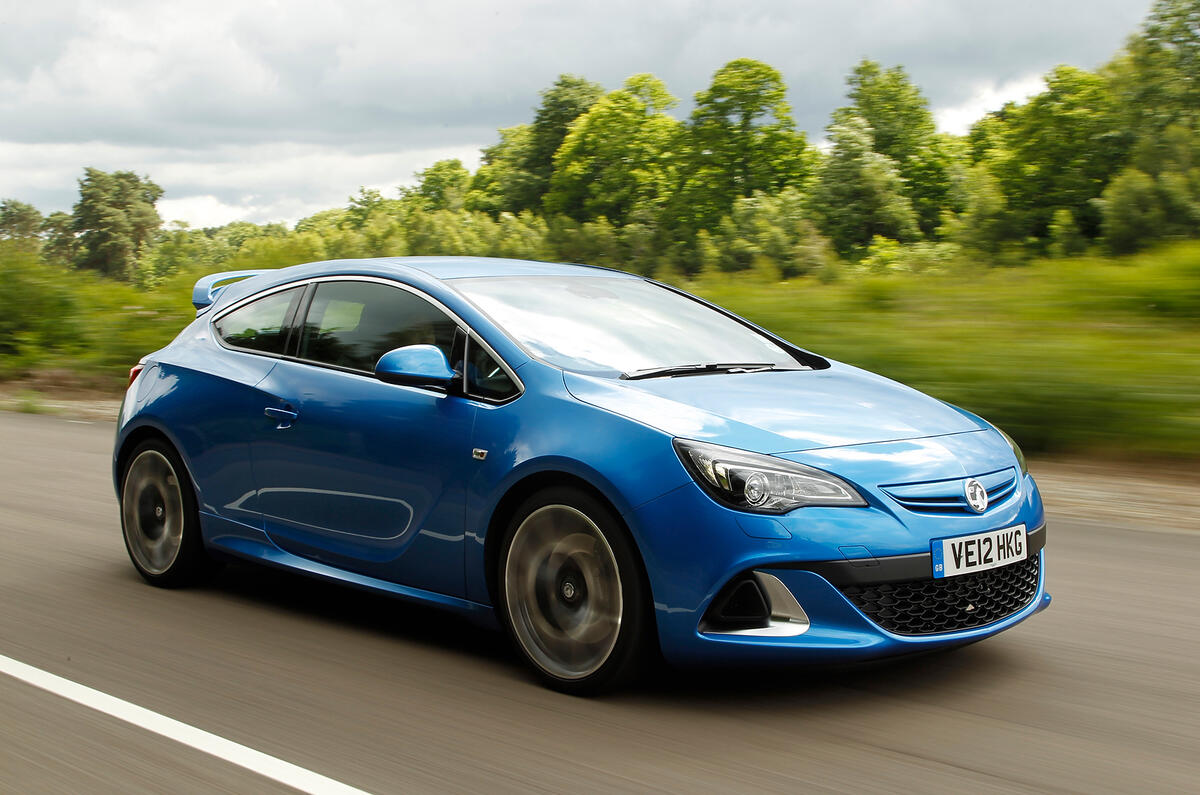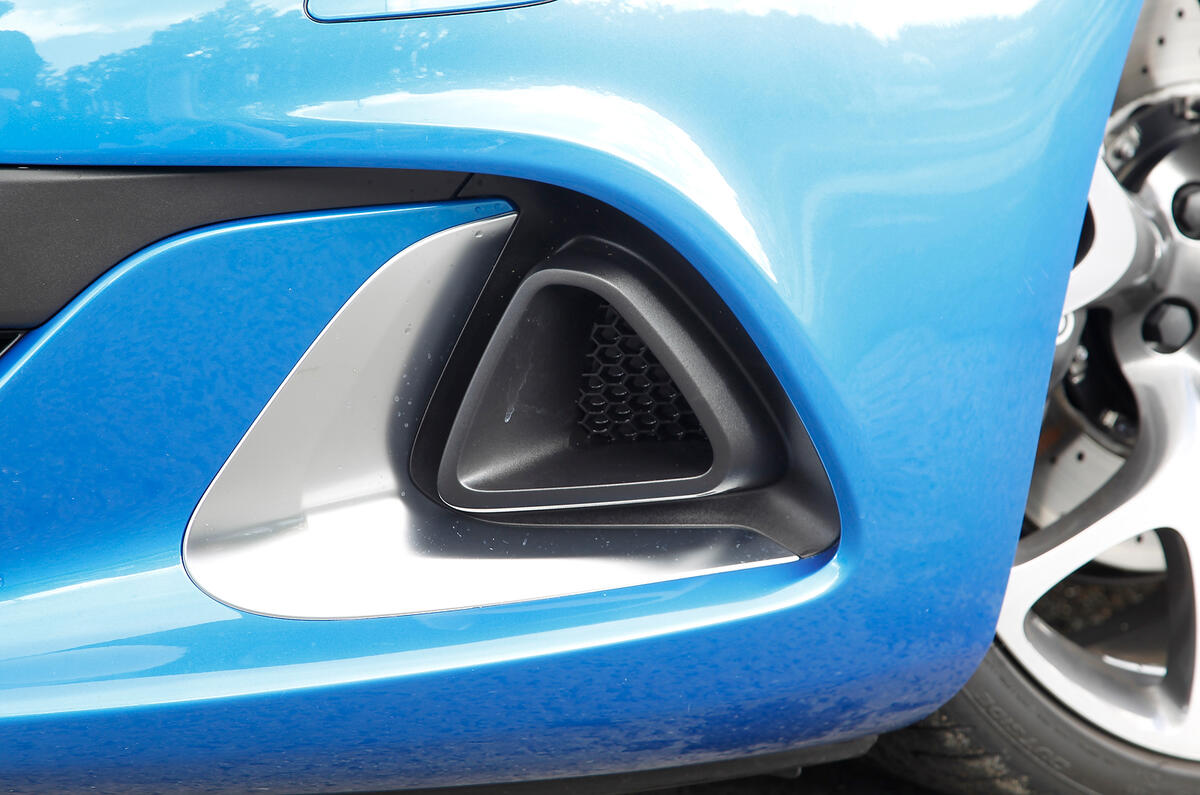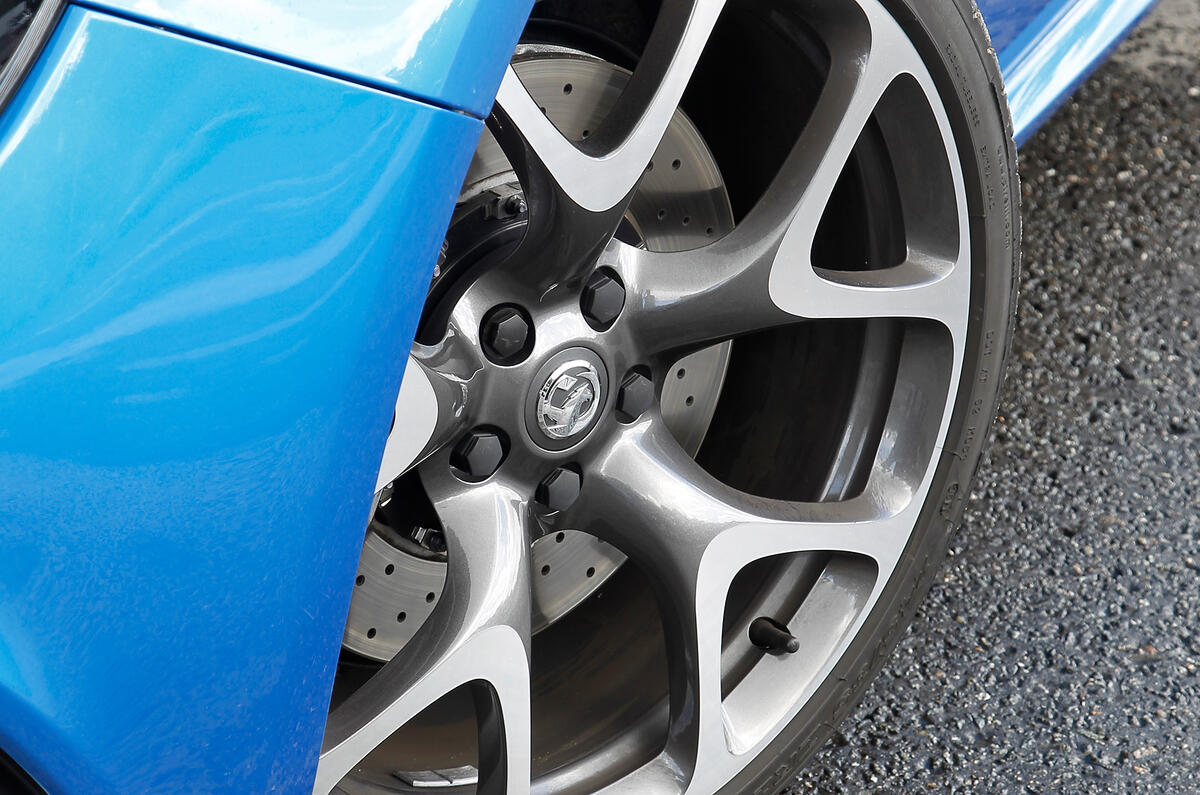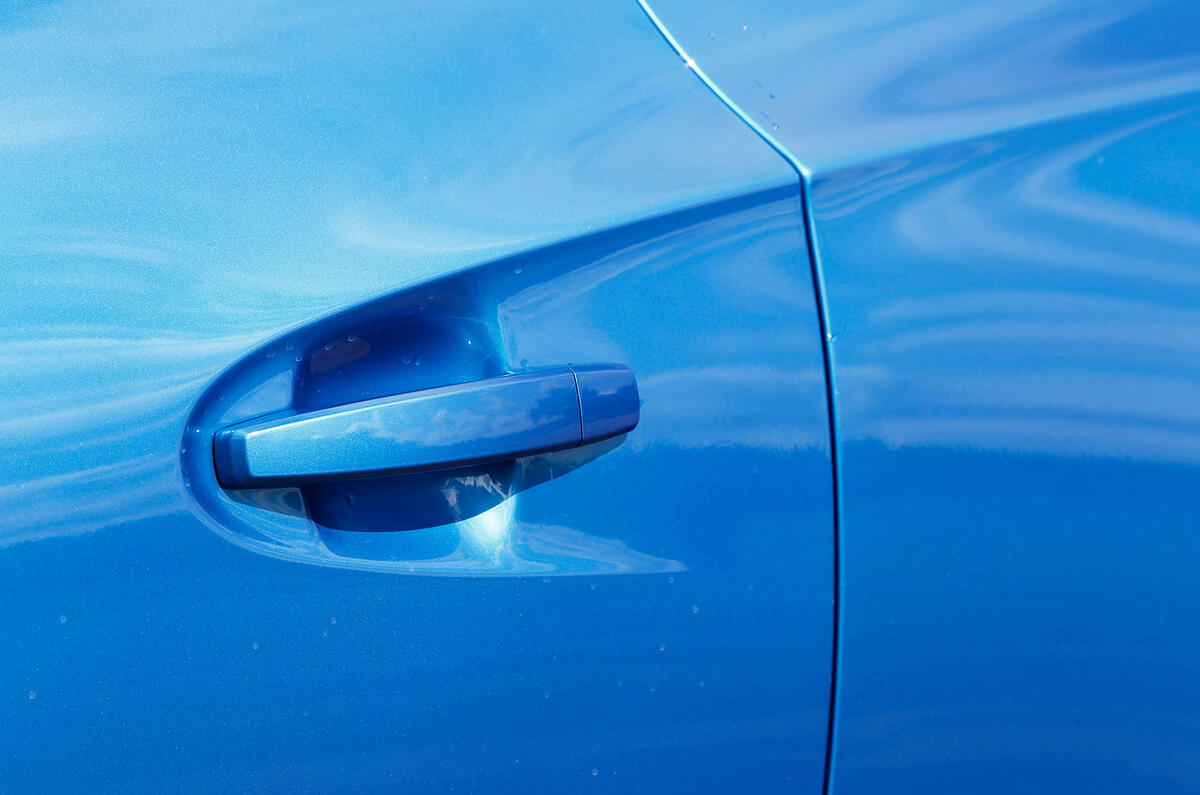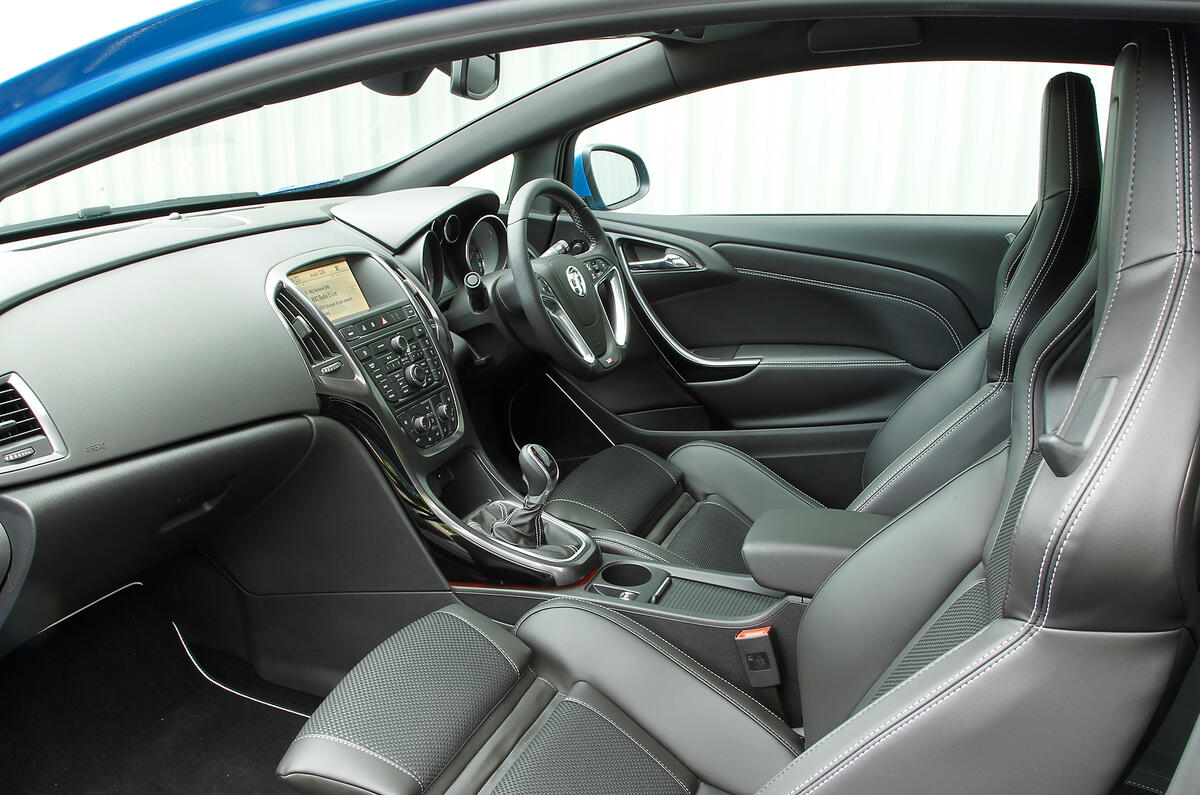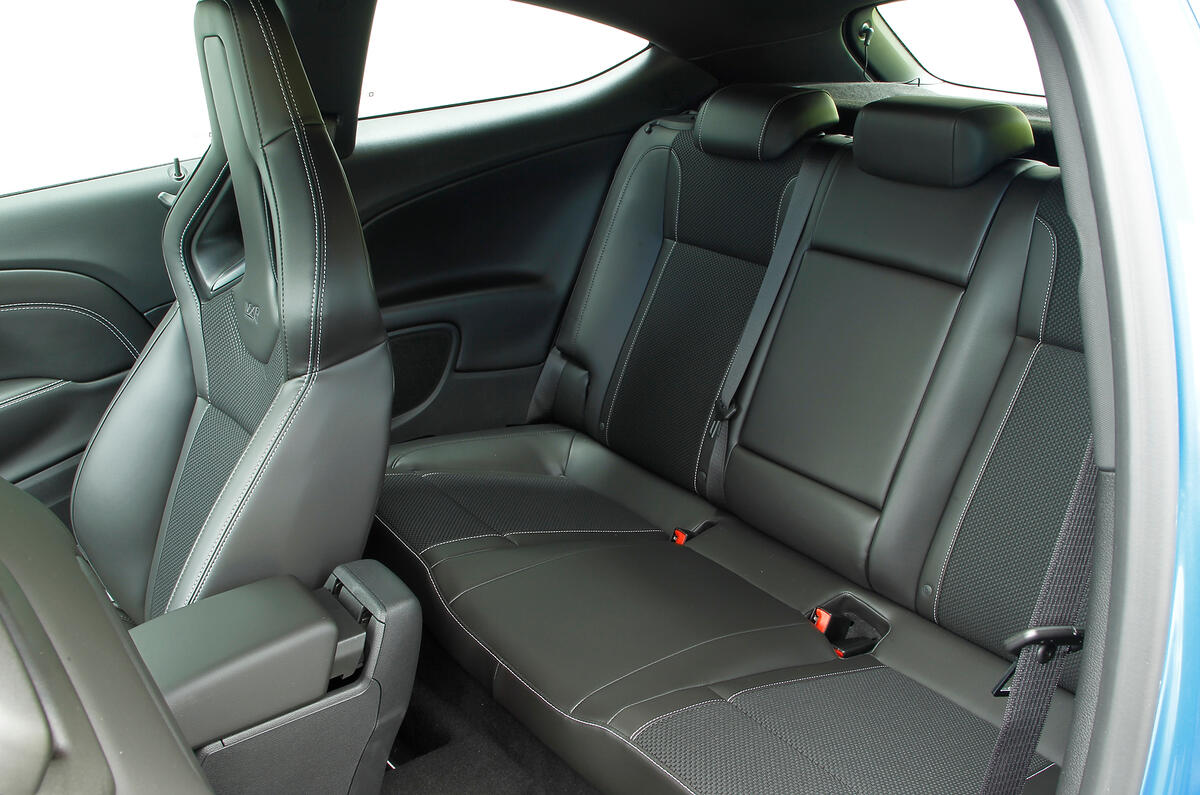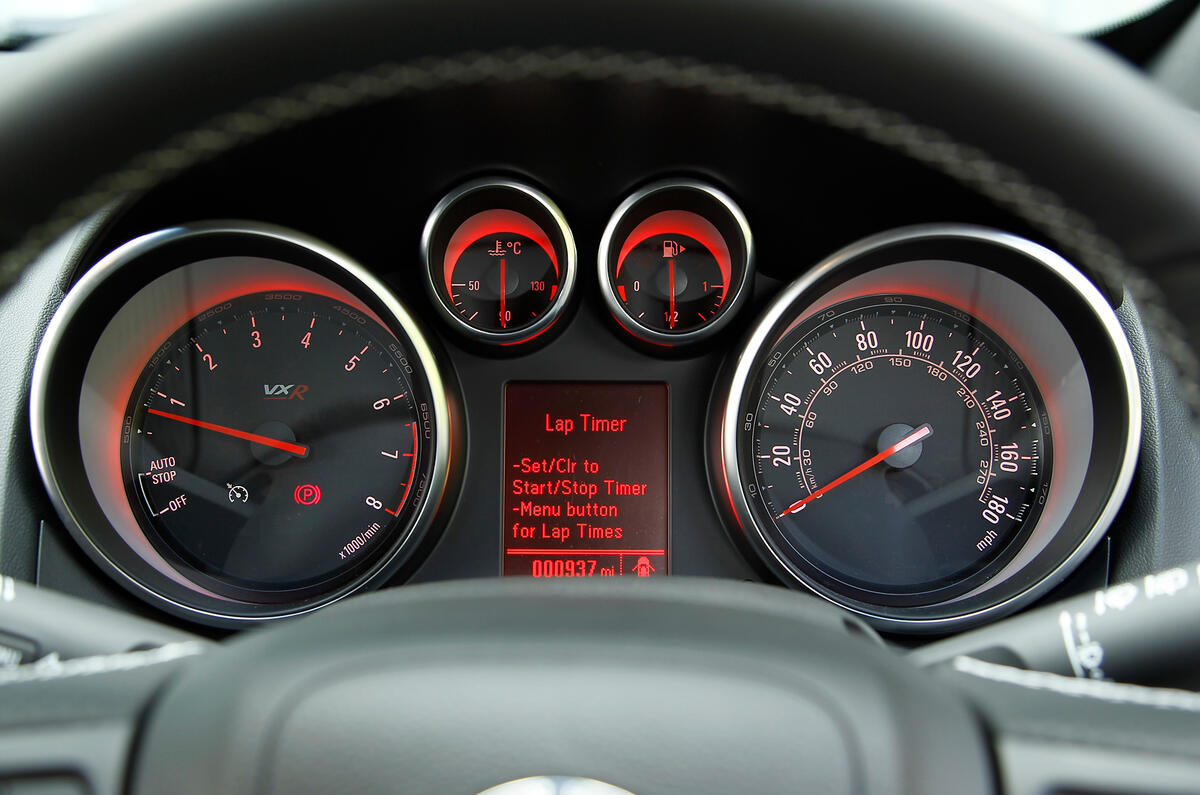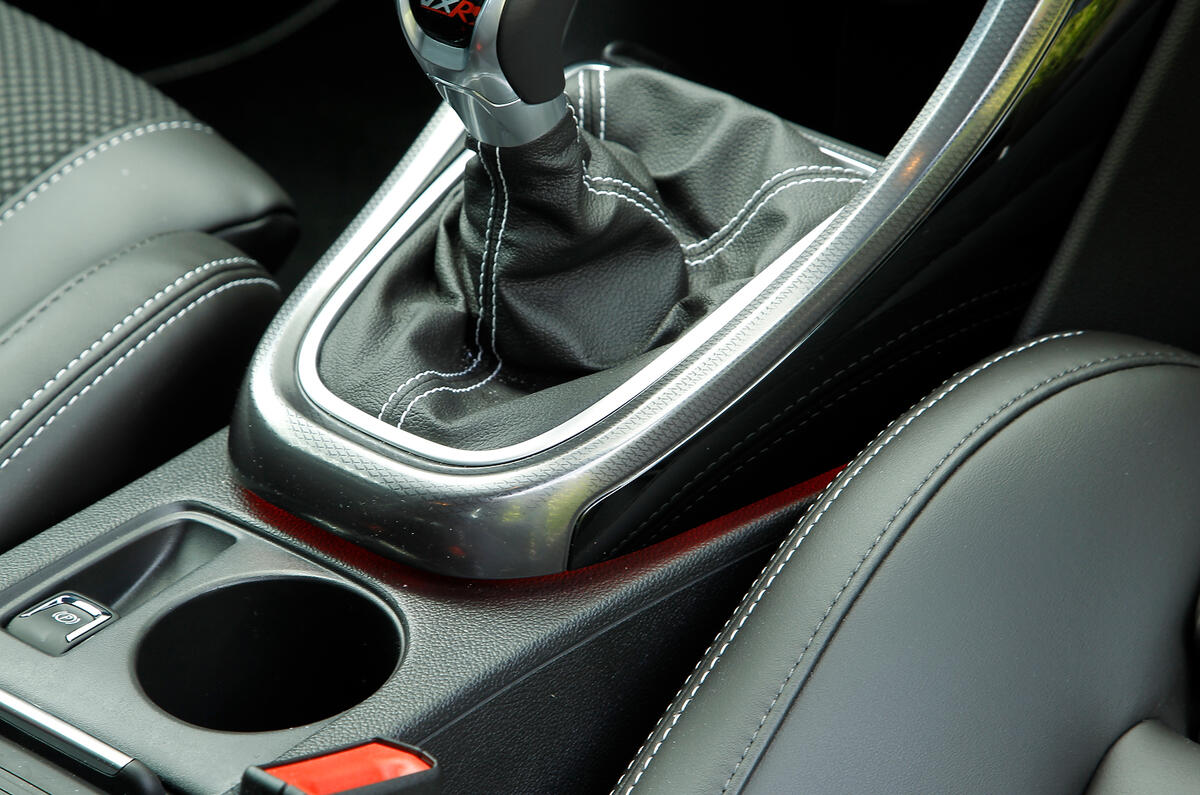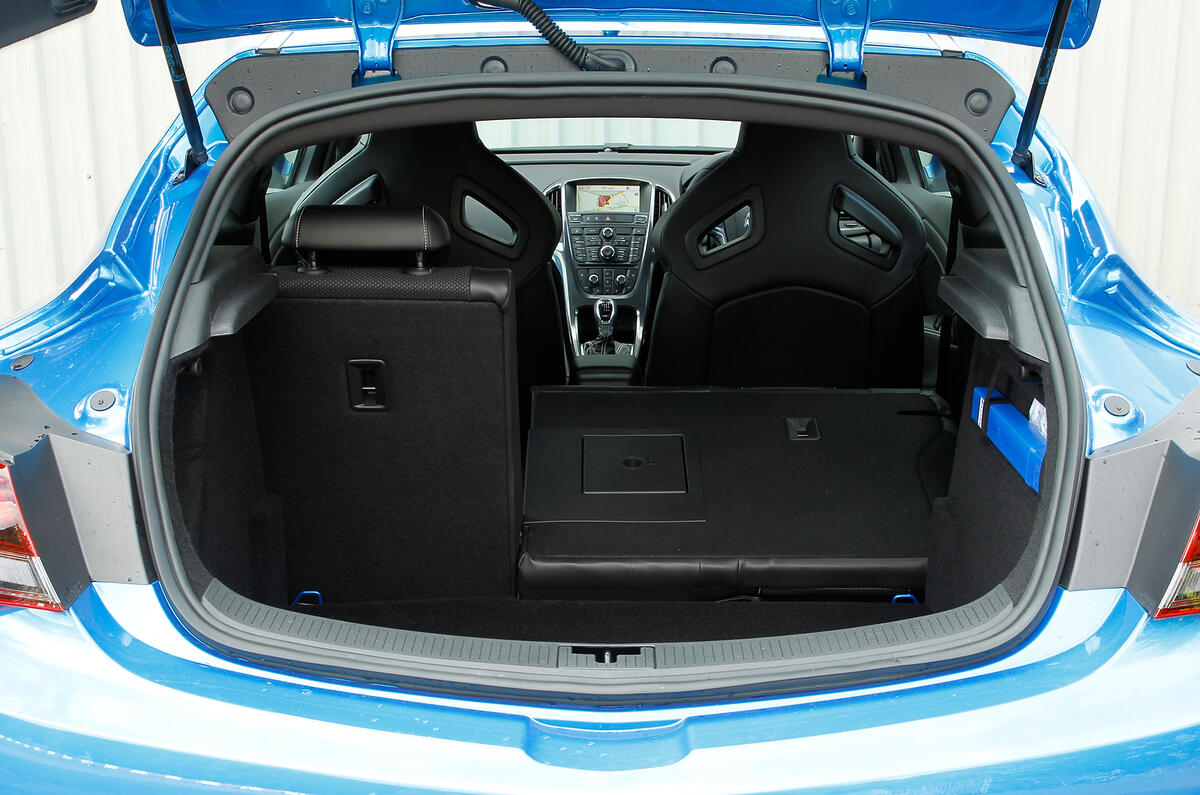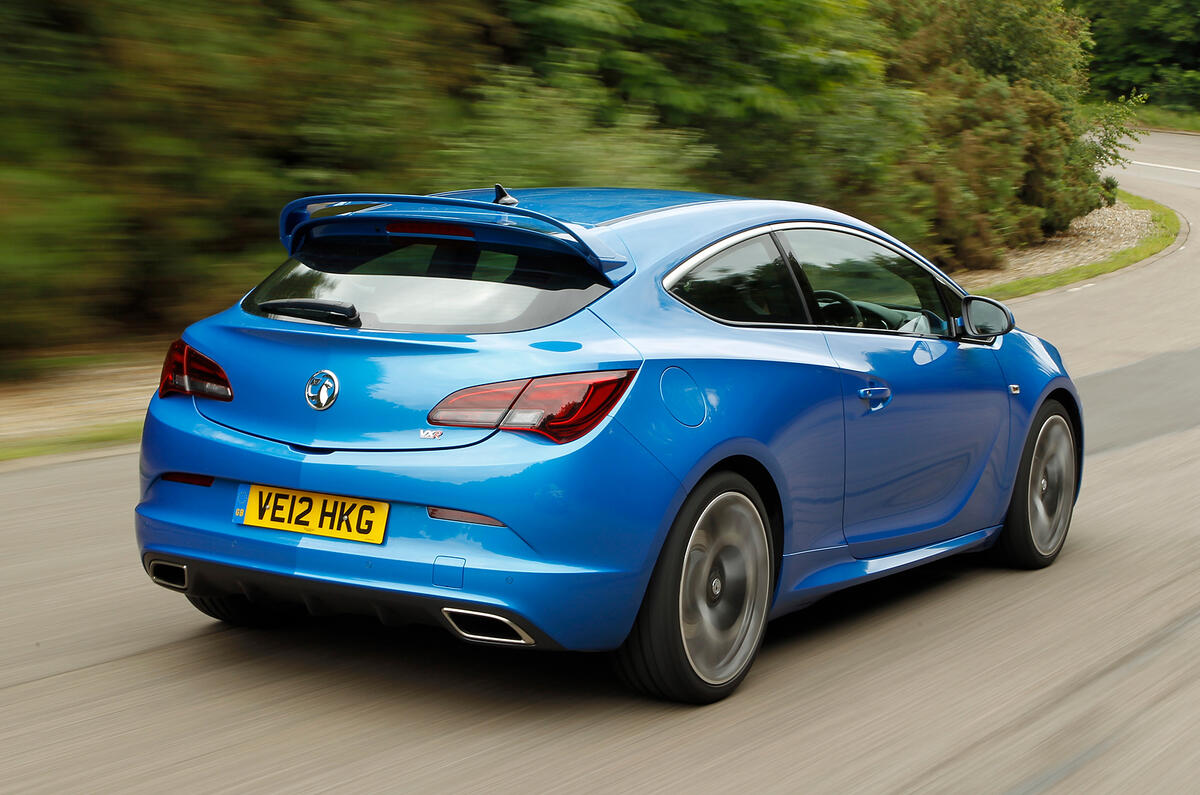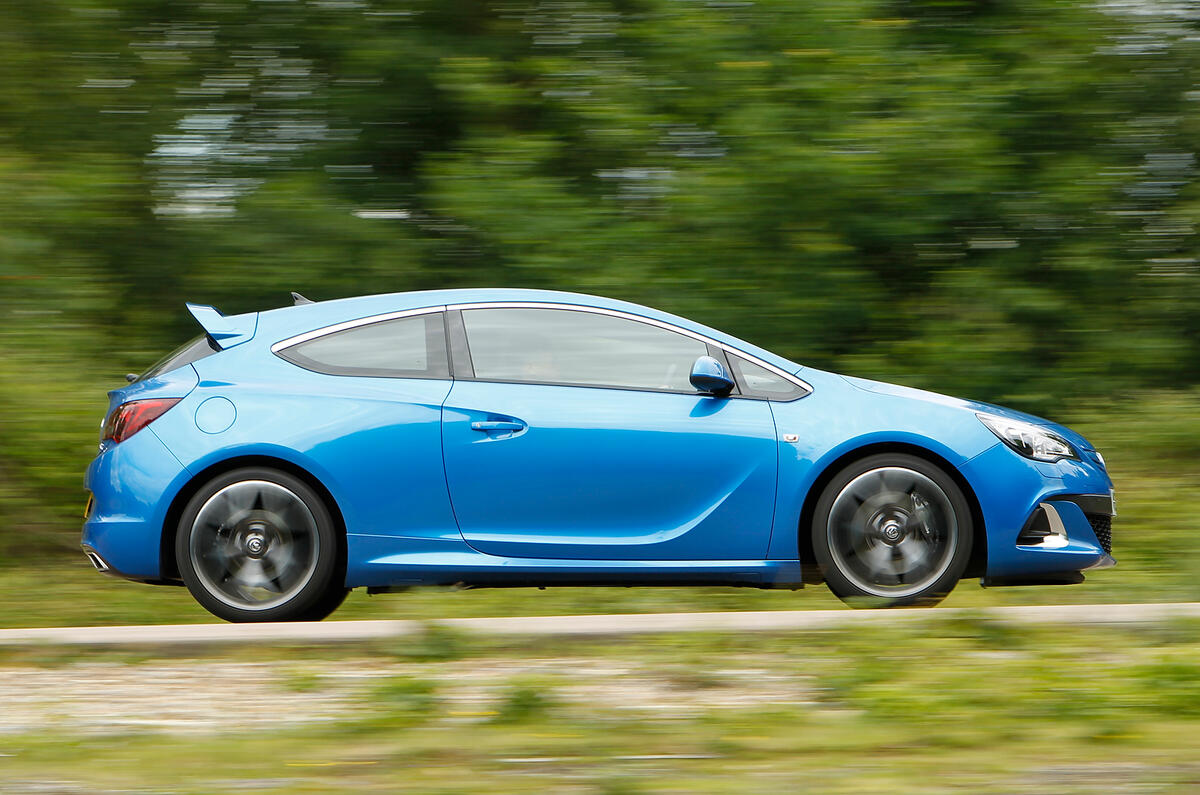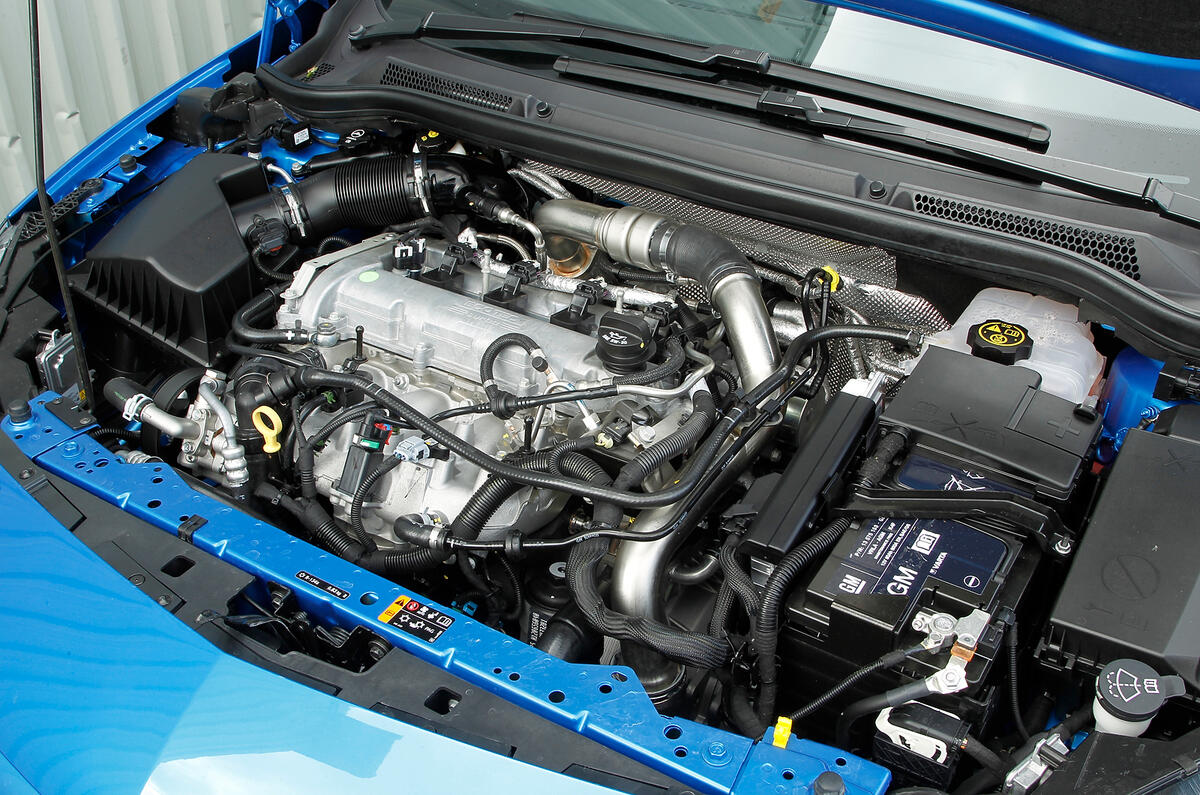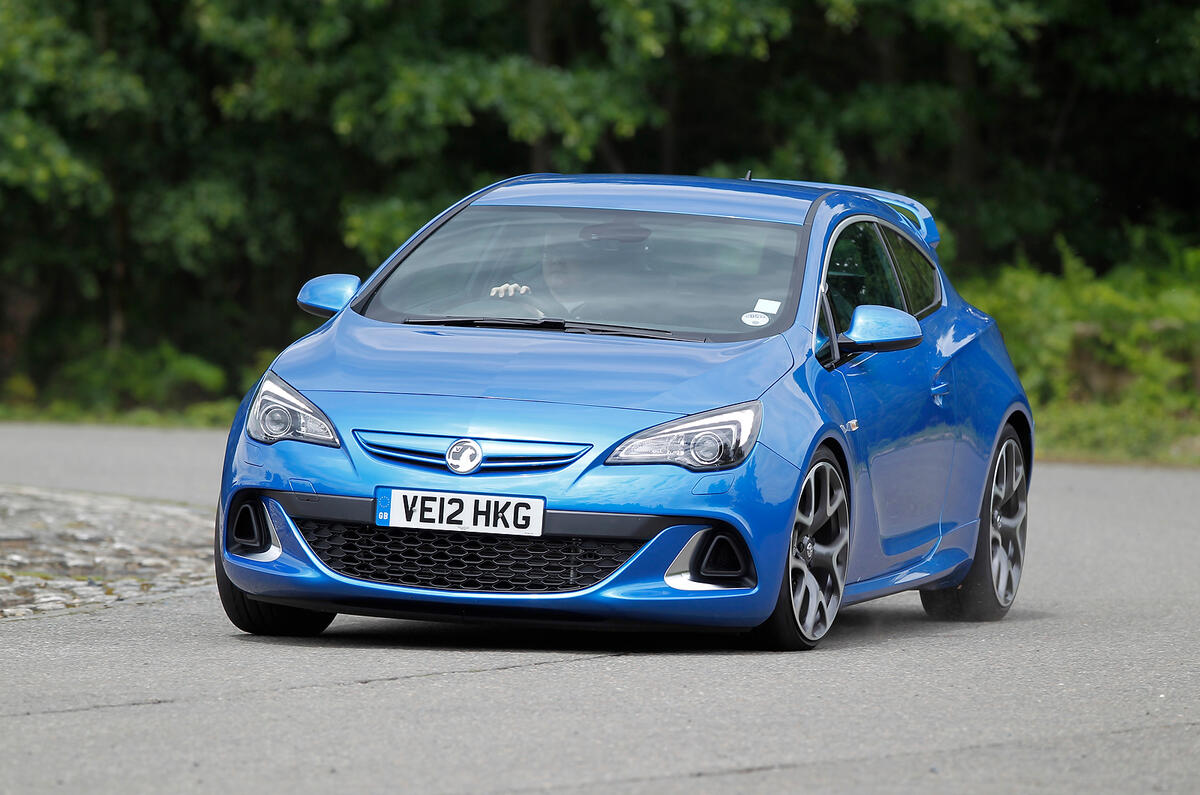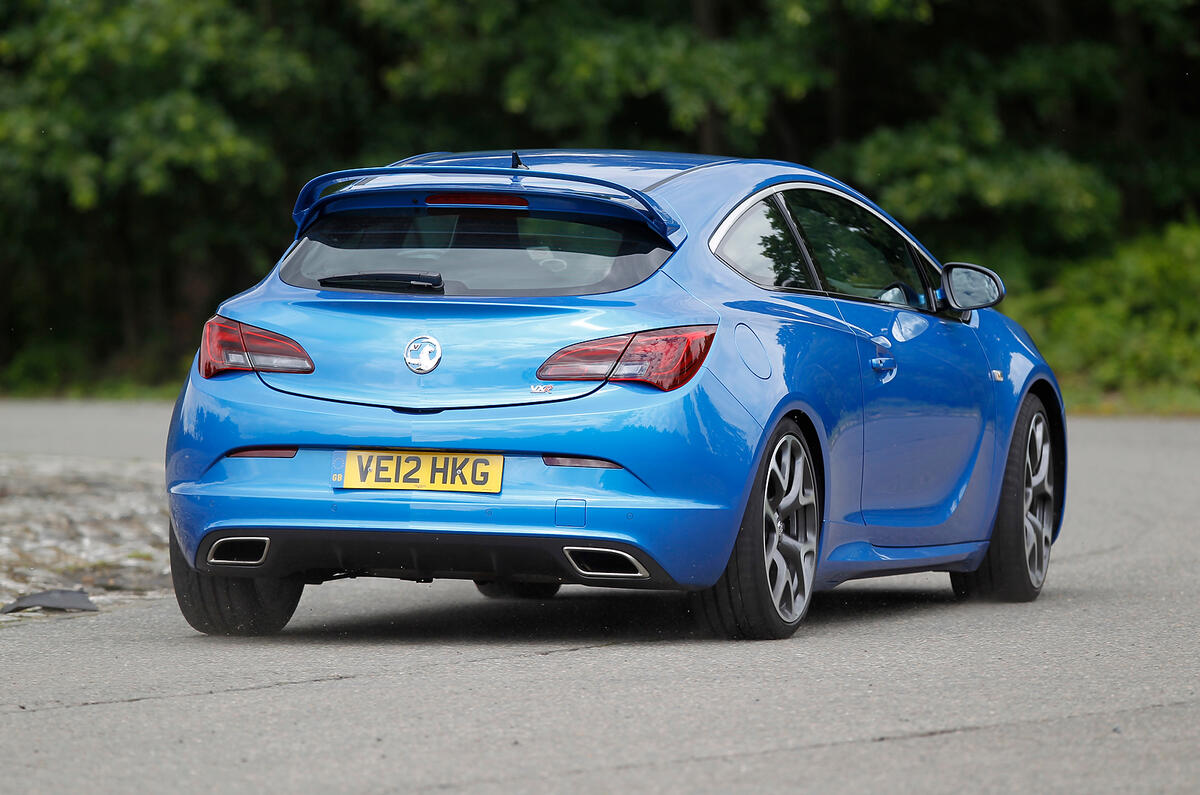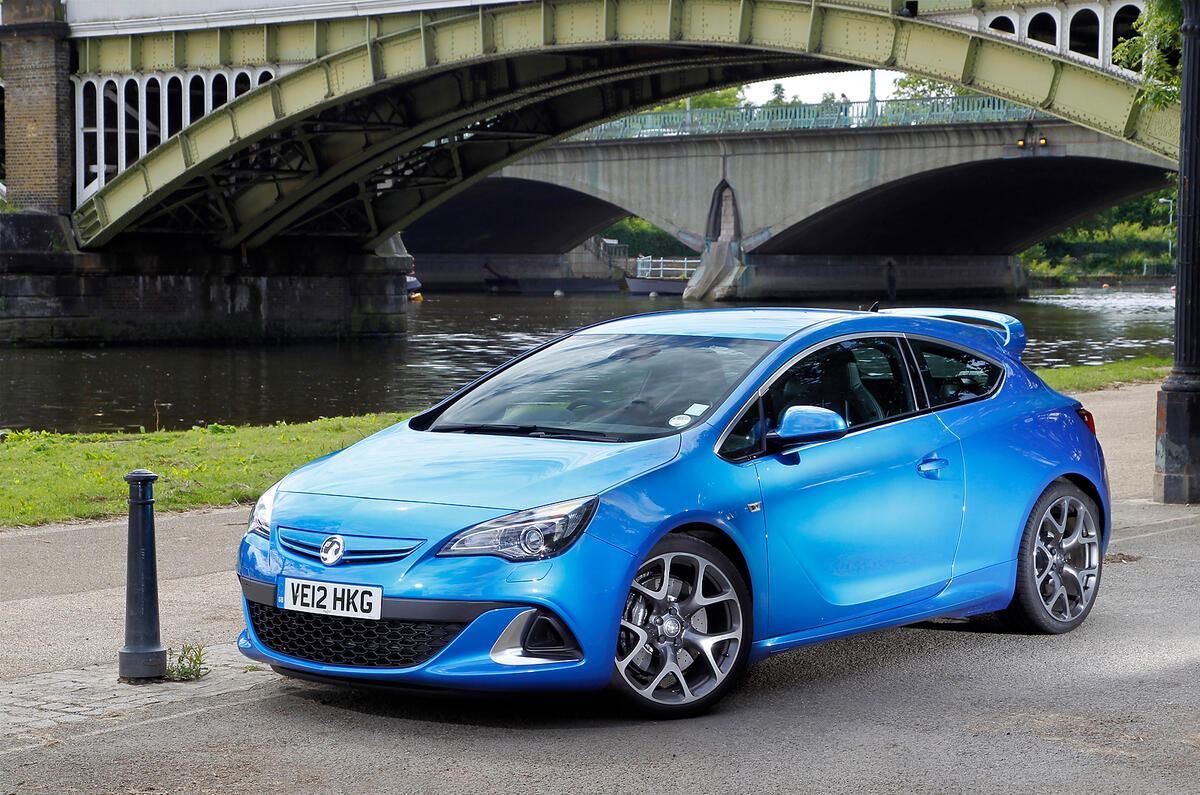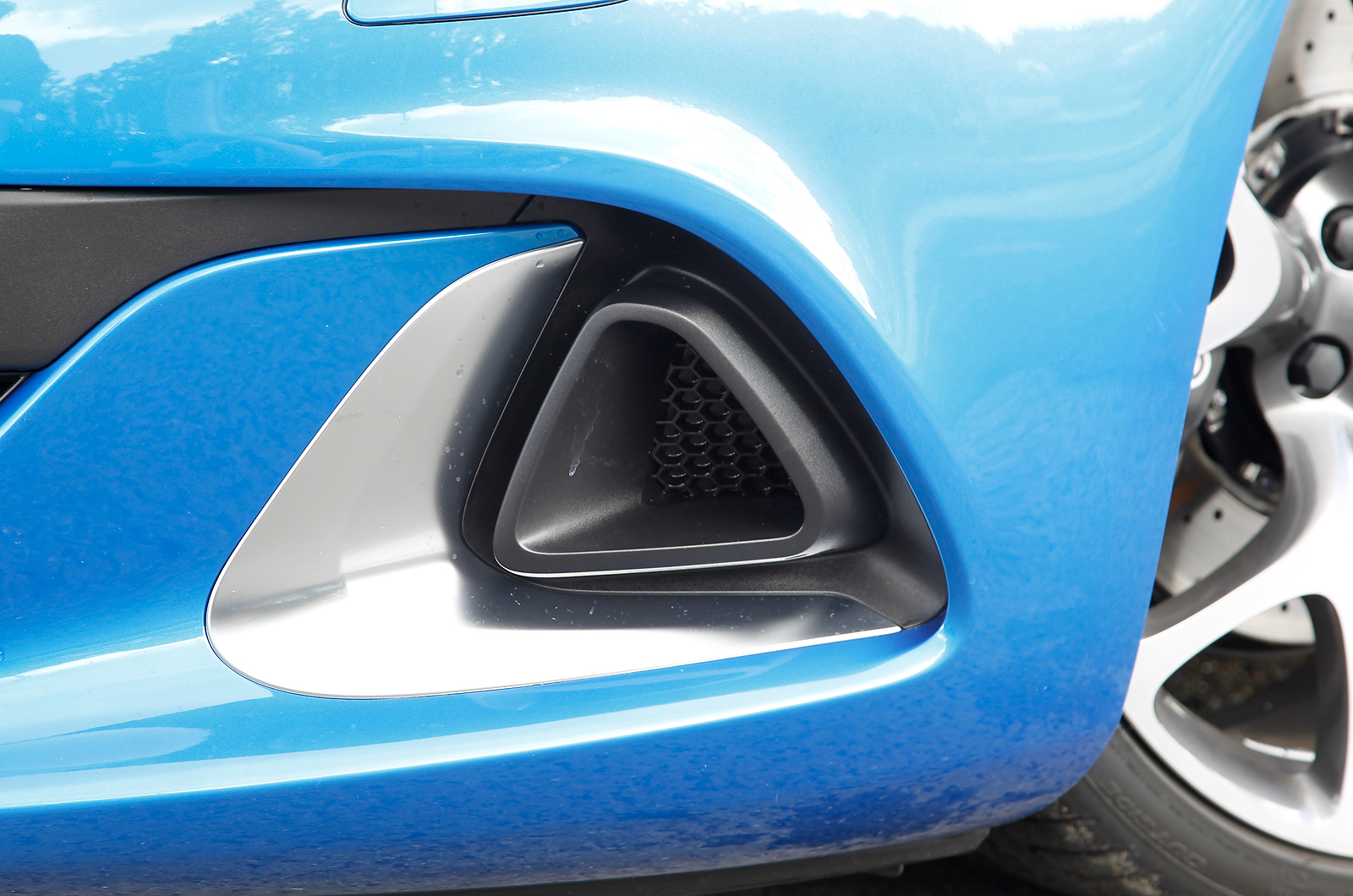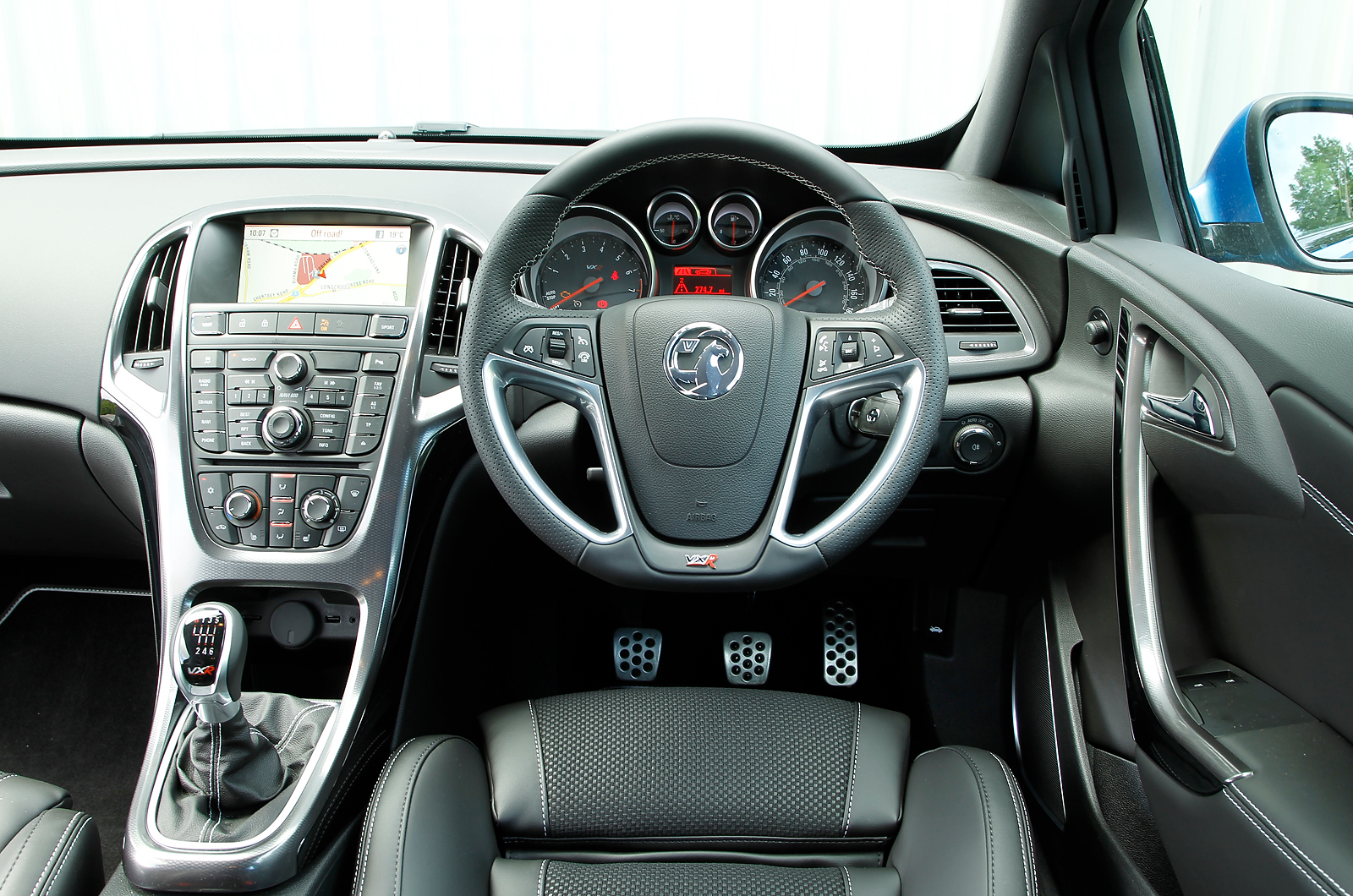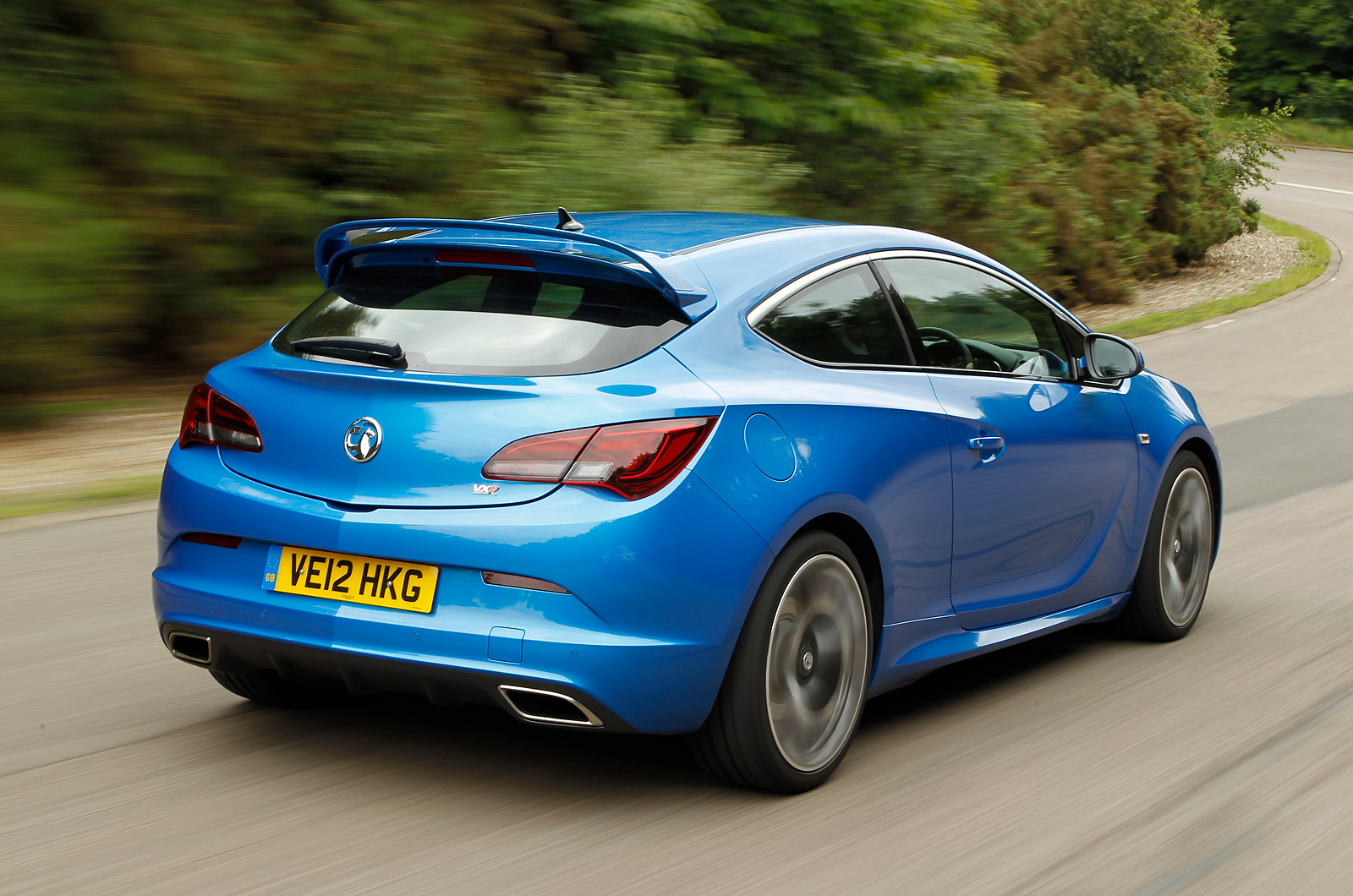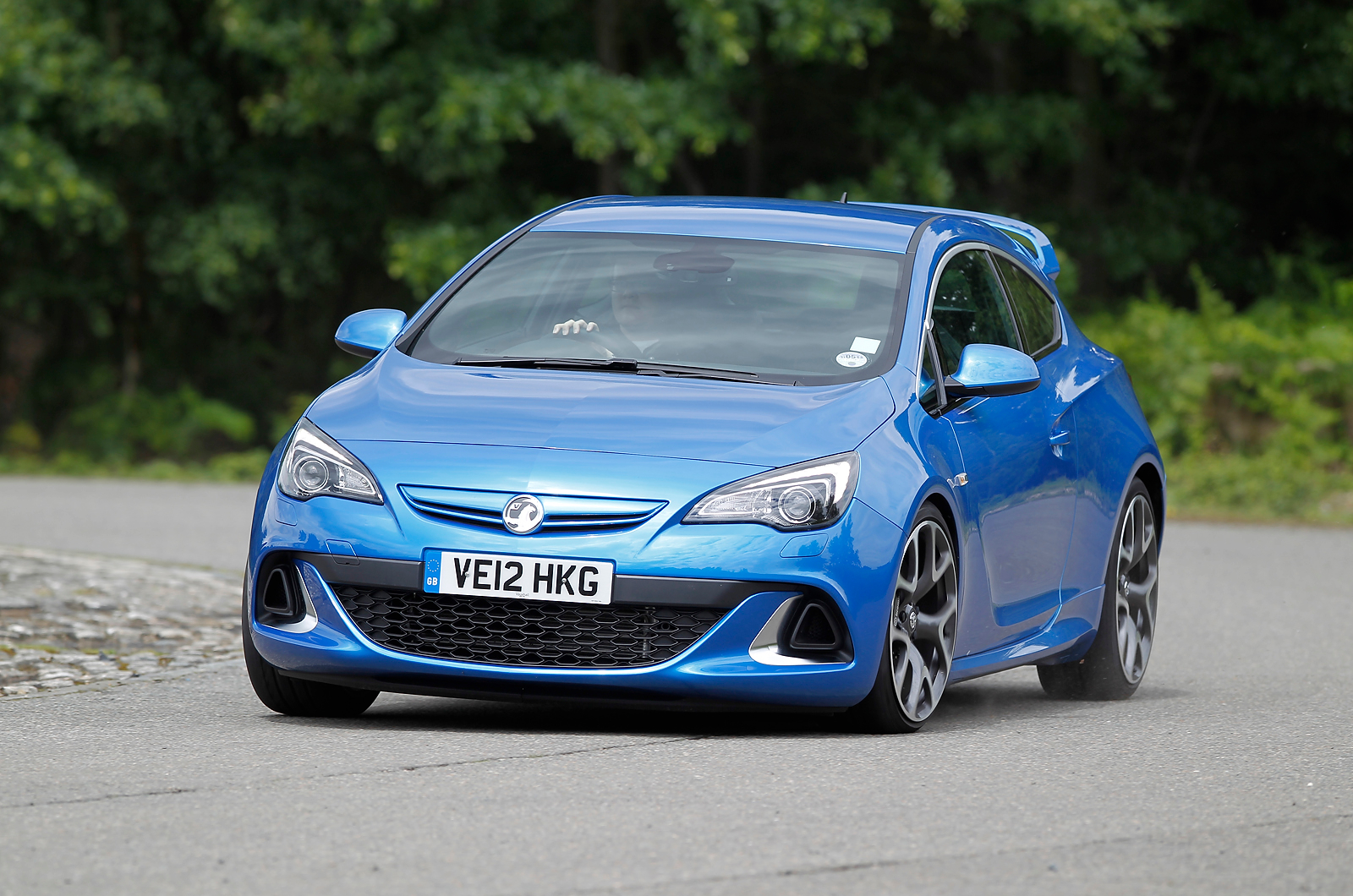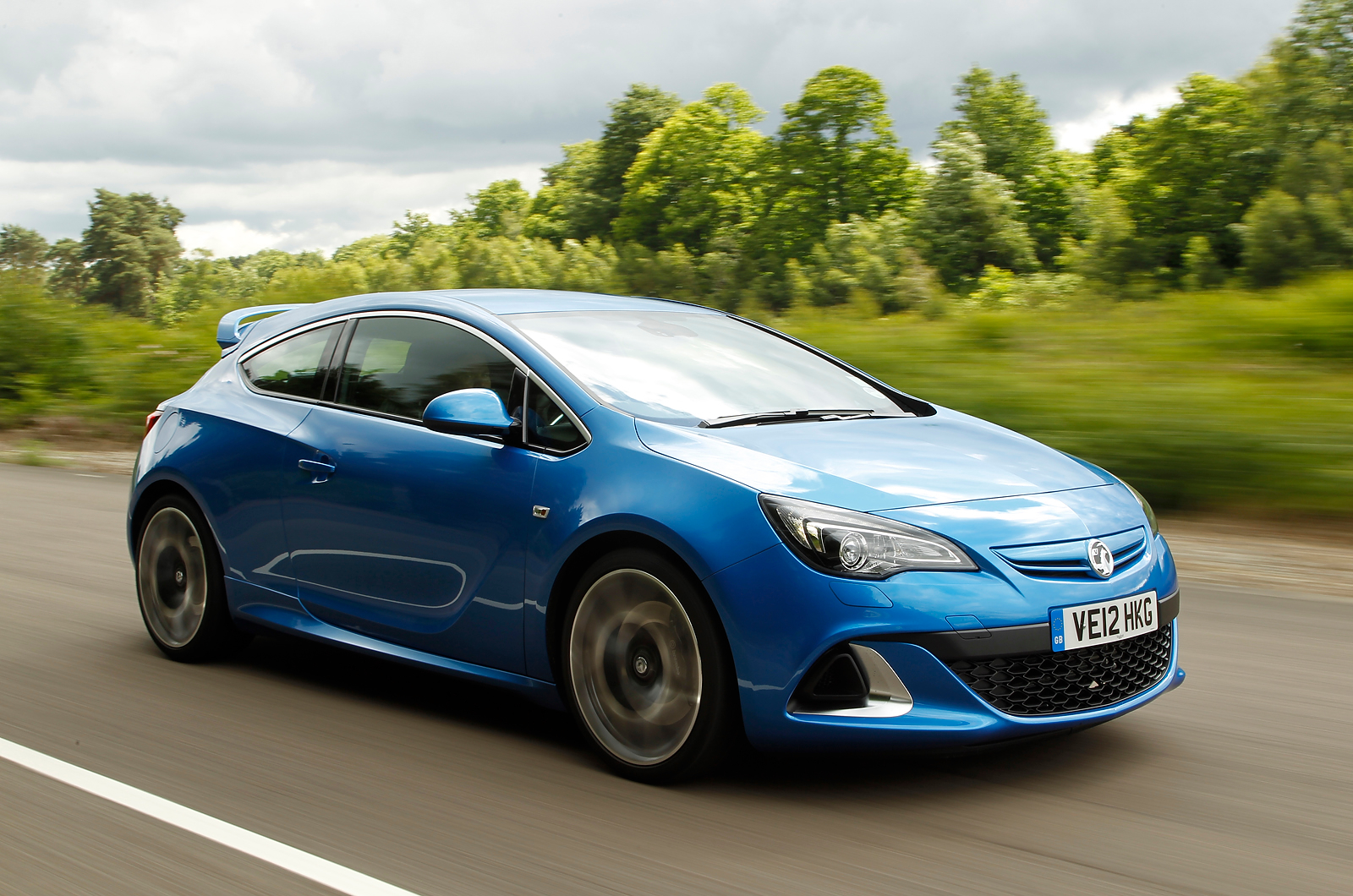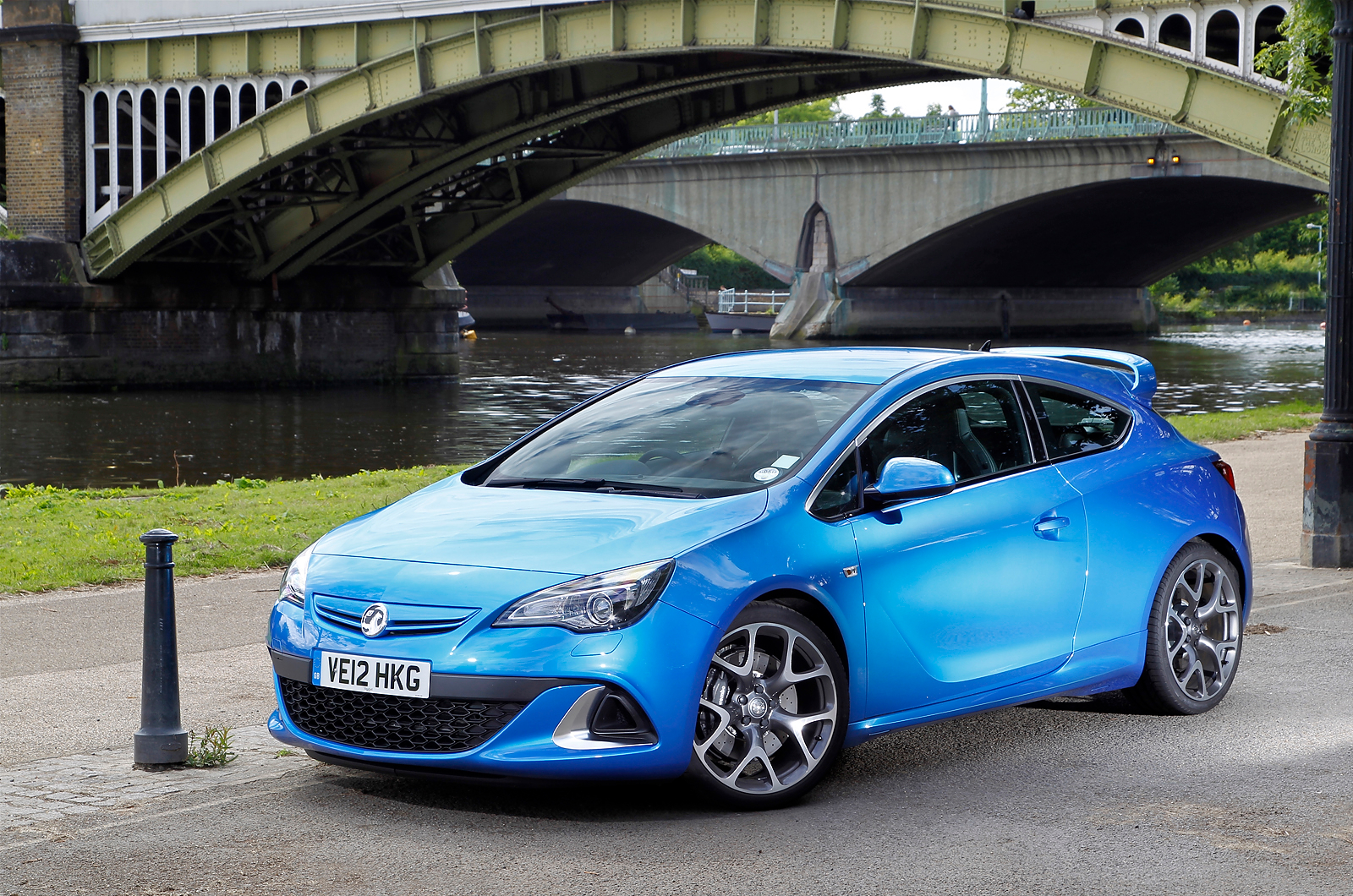Is the Vauxhall Astra GTC VXR the hot hatch bargain of the year?
Around £6000 will get you a 2012-reg car with a full service history and 95,000 miles on the clock. That’s around £4500 less than the equivalent Volkswagen Scirocco R and £2500 or so less than a Renault Mégane RS 250. So you can buy one and have money left for fuel, insurance and servicing – but should you?
In fact, far from being a one-trick pony in familiar Vauxhall VXR style, the front-wheel-drive GTC VXR is an impressively rounded performance coupé that’s as happy cruising the motorway as it is dispatching corners.
It’s well built, surprisingly roomy front and back and brimming with kit. It doesn’t look half bad outside either, while inside you could actually accuse it of being a little too classy. (A-pillar and rear visibility are poor, though.)
It was launched in 2012 as the range-topper in the three-door Astra GTC line-up and bowed out in 2018, long after the new, seventh-generation Astra had gone on sale. Its predecessor, the Astra VXR, had won many admirers and, with rivals jostling for position, the pressure was on Vauxhall to deliver something better still.
Accordingly, it gave the incoming model a new twin-scroll turbocharged all-alloy 2.0-litre engine from the Insignia but this time producing 276bhp and 295lb ft.
Then, to keep the front wheels pointing the right way, it fitted the General Motors HiPer Strut suspension system that improves grip and allows more power to be applied during cornering.



